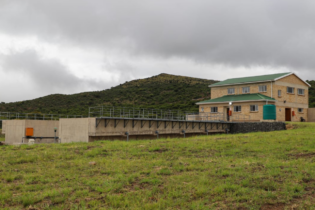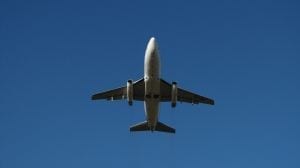South Africa’s water supply could face shortages in future similar to those in its power network, where utility Eskom is struggling to keep the lights on in Africa’s most advanced economy.
Water utilities are under pressure after years of under-investment while expanding connections to millions denied access by the apartheid regime that ended two decades ago. The result is likely to see supply disruptions akin to the power cuts – known locally as load shedding – implemented by Eskom, adding a new risk to economic growth, infrastructure consultants said, although the government dismisses such fears. “Water shedding will take the form of pressure reduction to manage leaks in the system and an overall loss of assurance of supply,” said Anthony Turton, a professor at the Centre for Environmental Management at the University of Free State. Concerns over water supply have risen after the South African Weather Service said last week an El Nino weather system, already forecast to bring drought conditions for much of the southern hemisphere’s summer, now looked likely to extend into autumn next year, reducing water supply. Utilities around the country have urged residents to use water sparingly.Bigger concerns ahead
But far bigger concerns for future shortages not linked to drought are also increasing, consultants said. “Many water and waste water treatment works, pipelines, pump stations and reticulation pipe networks are in dire need of rehabilitation if not past their ‘sell by’ date,” Wiero Vogelzang, director for water and sanitation at Durban-based engineering consulting firm GIBB, told Reuters. “Certain poor and undeveloped areas are already experiencing water shedding.”State-run corporations that have shaped South Africa’s economy and been part of its everyday life for nearly a century such as Eskom, South African Airways (SAA), the postal service and its water utilities are mostly in a state of near collapse, threatening to crush already weak growth.
Leaky pipes mean some areas lose up to 50 percent of their clean water before it reaches consumers, said Vogelzang, adding the backlog of required upgrades runs into billions of rand. The government has put the number as high as 700 billion rand ($53 billion) over the next 20 years, although this includes large cross-border projects in neighbouring Lesotho, a mountainous country completely encircled by South Africa, which supplies water to its much bigger neighbour. “The inability of municipalities to come up with concrete plans, and to spend even what has come from national Treasury directly to them is a big headache,” Water and Sanitation Minister Nomvula Mokonyane told Reuters, referring to the required upgrades to water infrastructure. “However, we will never ever have a situation of water shedding, it will never happen,” Mokonyane, whose first name means “rain” in Zulu, told ENCA television. Some industry experts also said those calling the lack of investment in water infrastructure a crisis were exaggerating. “South Africa has always been water-scarce, and we have been very smart about our water infrastructure. This will continue,” Dhesigen Naidoo, chief executive of South Africa’s Water Research Commission, said. –Reuters







